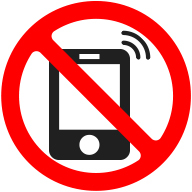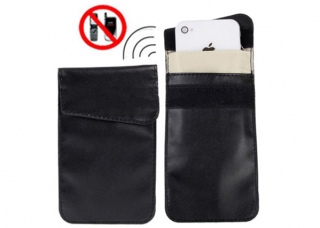Mobile Phone Jammers Limit Mobile Phone Use His Majesty Prison
His Majesty’s Prison is enhancing its measures to reduce the illicit use of mobile phones among prisoners, with the introduction of mobile phone jammers projected to occur in the next few weeks.
The prison governor, Lieutenant Colonel Trevor Pennyfeather, has verified that jammers will be deployed shortly to bolster security protocols within the prison.
According to Pennyfeather, "A new plan has been established, and we are advancing effectively. I anticipate that in approximately two weeks, provided the required materials are on hand, the signal jammers will be operational, certainly within a three-week timeframe."
Earlier initiatives to utilize jammers faced setbacks, as prisoners managed to interfere with the system. However, with the newly revised plans, officials express confidence that this method will now effectively prevent unauthorized mobile phone communications.
This action is integral to a comprehensive strategy designed to bolster prison security and deter inmates from employing prohibited devices to engage in unlawful activities while in custody.
My interest lies in understanding the extent of jammers' range and their implications for the public on surrounding roadways. The proximity of buildings at St John’s raises questions about the efficacy of these devices. It is vital to recognize that mobile phones are essential for emergency communications. A more viable solution could be the introduction of pay phones for inmates, coupled with stricter security protocols to eliminate unauthorized cell phone use. Maintaining family connections for prisoners is important. Furthermore, the relocation of the jail away from the town is long overdue. We ought to concentrate on developing better alternatives and appropriate consequences for rule violations.
The prison governor, Lieutenant Colonel Trevor Pennyfeather, has verified that jammers will be deployed shortly to bolster security protocols within the prison.
According to Pennyfeather, "A new plan has been established, and we are advancing effectively. I anticipate that in approximately two weeks, provided the required materials are on hand, the signal jammers will be operational, certainly within a three-week timeframe."
Earlier initiatives to utilize jammers faced setbacks, as prisoners managed to interfere with the system. However, with the newly revised plans, officials express confidence that this method will now effectively prevent unauthorized mobile phone communications.
This action is integral to a comprehensive strategy designed to bolster prison security and deter inmates from employing prohibited devices to engage in unlawful activities while in custody.
My interest lies in understanding the extent of jammers' range and their implications for the public on surrounding roadways. The proximity of buildings at St John’s raises questions about the efficacy of these devices. It is vital to recognize that mobile phones are essential for emergency communications. A more viable solution could be the introduction of pay phones for inmates, coupled with stricter security protocols to eliminate unauthorized cell phone use. Maintaining family connections for prisoners is important. Furthermore, the relocation of the jail away from the town is long overdue. We ought to concentrate on developing better alternatives and appropriate consequences for rule violations.









